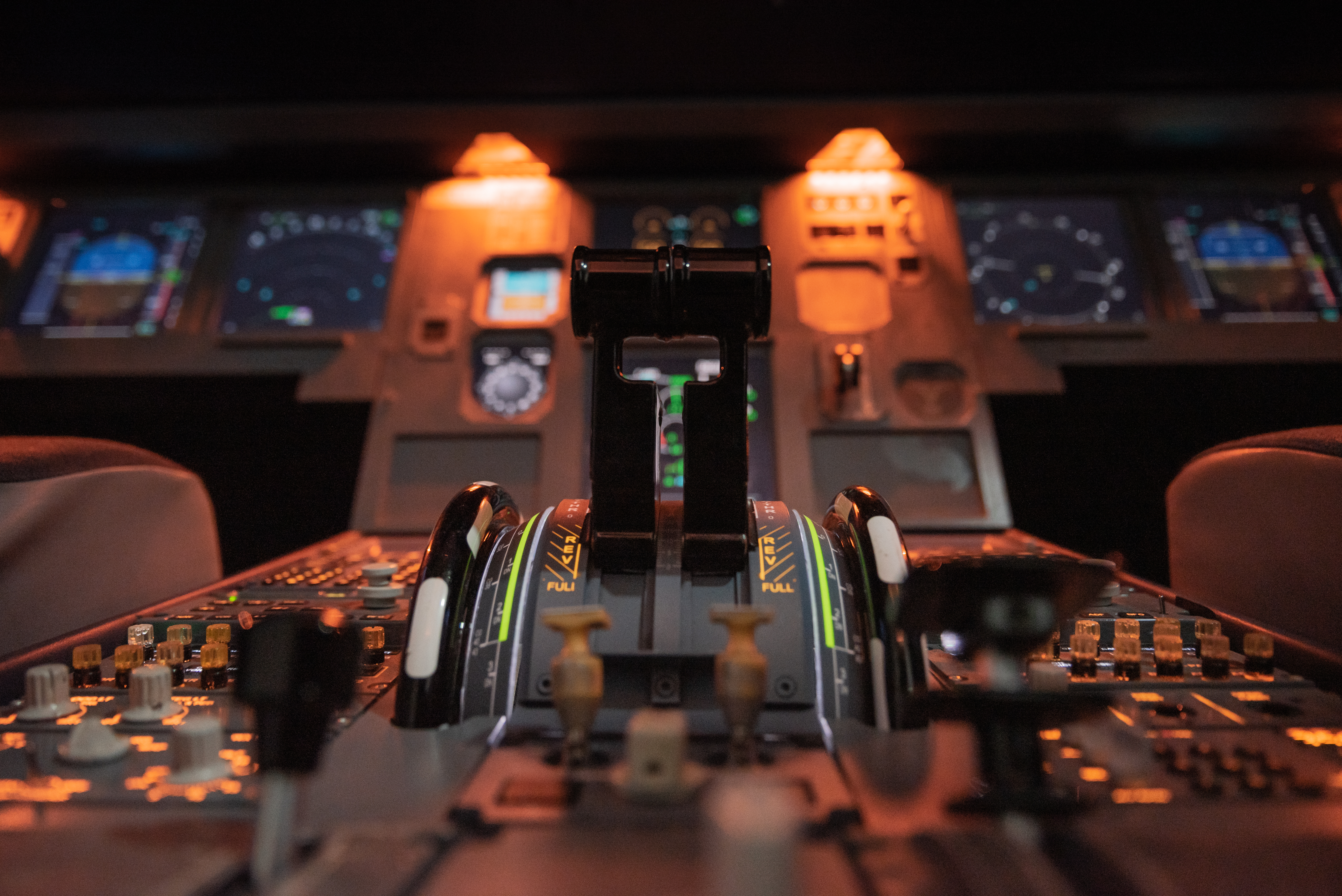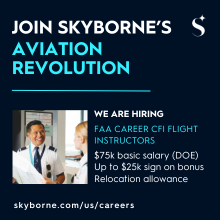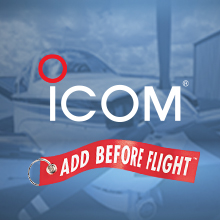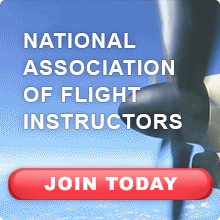| NAFI NOTAMs #34 |
3 HR-Related Trends in Flight Training~Guest Blogger JBaynton
Aside from these, flight training in general does a lot for a business’ success. When passengers are satisfied with their flying experience, they’ll keep coming back to avail of the airline’s services. This is the reason why HR leaders in the aviation industry must see to it that they possess one key organizational leadership skill, which is the ability to manage workers. This ensures that they’re in constant compliance with company policies and industry standing. Overseeing flight training is included under this, and to be prepared, they must keep updated with current HR-related trends in the industry. Here is a handful to start with:Gamification Gamification is the process of adding game mechanics into non-game situations or environments and is a popular HR trend across different industries. Gamification in aviation is becoming increasingly widespread with flight instructors from the International Civil Aviation Organization (ICAO) and the International Air Transport Association (IATA) using it to help assess a pilot’s non-technical competencies. The benefits are huge, as gamification has been found to increase engagement and motivation, which is why more aviation companies are looking into applying it in their training programs. Virtual reality As mentioned above, the sudden demand for air travel revealed a pilot shortage in the aviation industry and companies and airlines are looking to train new pilots in order to address this issue. However, training is made complicated due to a lack of flight simulators and instructors. To aid in this, companies are starting to incorporate virtual reality into flight training. Virtual reality (VR) is a HR tool that allows its user to see and interact with a computer-generated environment to experience different work-related scenarios. Today, more aviation companies are now using it for training due to the shortage of flight simulators. It also serves as a cost-effective option since it's cheaper than simulators. This contributes to a faster and wider distribution of VR technologies like headsets, which in turn results in a speedier training process and a faster on-boarding of new pilots. Some institutions that have already implemented this technology into their training programs include Alaska Airlines and the Embry Riddle Aeronautical University. Cross-training Not all employees—like flight and ground crews as well as pilots—can receive training for all potential scenarios they may encounter. Rather than train for emergency situations alone, cross-training is an aviation HR trend that allows them to better ensure the safety and service of passengers and staff. In cross-training, employees are trained in one other role or skill other than their own. Take Lauretta Godbey, NAFI’s Director of Marketing Communications, who took flight training as an employee benefit, for example. Employees like pilots can receive cross-training for other duties. For one, they can be trained for ground crew duties like refueling a plane in emergencies. Southwest Airlines and Virgin Airlines are examples of aviation companies doing cross-training for their employees. Stay updated with these flight training trends in HR to be able to better serve customers, employees, and the company. Moreover, consider implementing these into your own training programs to see if they will bring success to your organization.
Blogs are intended for educational purposes only and do not replace independent, professional judgment. Statements of fact and opinions expressed are those of the author individually and, unless expressly stated to the contrary, are not the opinions or position of the National Association of Flight Instructors. NAFI does not endorse or approve, and assumes no responsibility for, the content, accuracy or completeness of the information presented. Readers should note content may appear in various media, including print, email, enews without further notice. |

 This year, several airlines are experiencing
This year, several airlines are experiencing  JBaynton
JBaynton





